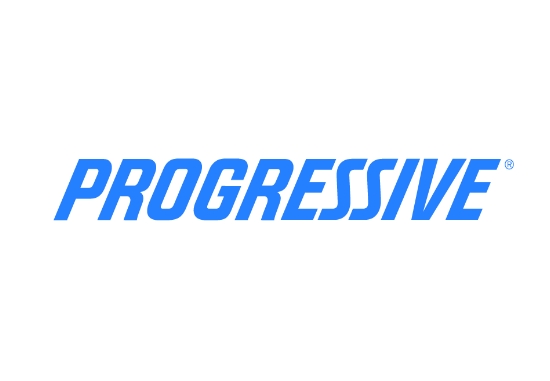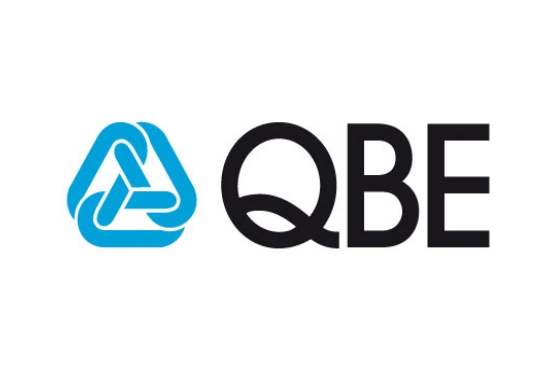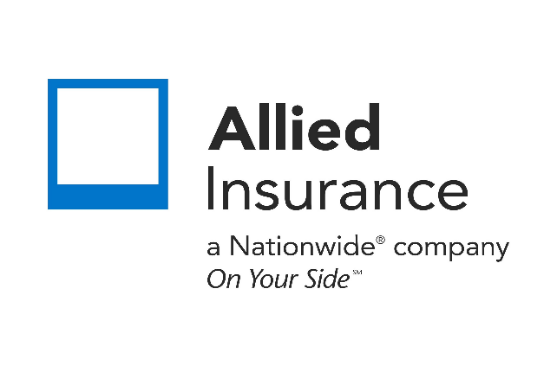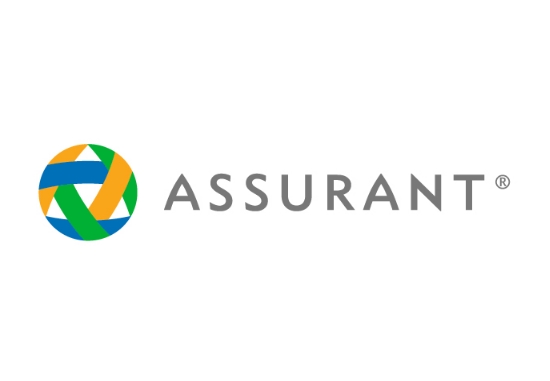What is the biggest single cause of injury at work?
Understanding the Leading Cause of Workplace Injuries: Prevention Strategies and Risk Management
Workplace safety is a critical concern for employers and employees alike, with injuries posing significant risks to individuals and organizations. Identifying the biggest single cause of injury at work and implementing preventive measures is essential for fostering a safe and healthy work environment. In this comprehensive guide, we’ll explore the primary factors contributing to workplace injuries, delve into the leading cause of such injuries, and provide insights into effective prevention strategies and risk management practices.
The Biggest Single Cause of Injury at Work
The biggest single cause of injury at work is often cited as slips, trips, and falls. These incidents can occur due to various factors, including slippery surfaces, uneven flooring, cluttered walkways, inadequate lighting, and lack of proper footwear.
Preventive Measures:
- Floor Safety: Regularly clean and maintain floors to prevent slip hazards. Use anti-slip mats and traction-enhancing products in high-risk areas.
- Clear Walkways: Keep walkways clear of obstacles, cables, and debris to minimize trip hazards. Implement proper storage solutions and organize workspaces efficiently.
- Proper Lighting: Ensure adequate lighting throughout the workplace, especially in dimly lit areas or stairwells. Install motion-sensor lights and additional lighting fixtures as needed.
- Footwear Policies: Enforce policies requiring appropriate footwear with non-slip soles for employees working in hazardous environments or areas prone to wet conditions.
- Safety Signage: Use clear signage to indicate potential hazards, such as wet floors, steps, or changes in elevation. Provide visual cues to remind employees to exercise caution.
Impact of Slips, Trips, and Falls:
Slips, trips, and falls can result in a wide range of injuries, from minor bruises and sprains to severe fractures and head trauma. The consequences of these incidents extend beyond physical injuries, impacting employee morale, productivity, and organizational reputation.
Prevention Strategies:
- Employee Training: Conduct regular safety training sessions to educate employees on hazard recognition, safe work practices, and proper footwear usage.
- Risk Assessments: Perform comprehensive risk assessments to identify potential slip, trip, and fall hazards in the workplace. Implement controls to mitigate identified risks.
- Safety Culture: Foster a culture of safety where employees feel empowered to report hazards and near misses without fear of reprisal. Encourage open communication and collaboration on safety initiatives.
- Continuous Improvement: Regularly review and update safety policies and procedures based on evolving workplace conditions, feedback from employees, and lessons learned from past incidents.
- Documentation and Reporting: Maintain detailed records of safety inspections, incident reports, and corrective actions taken to address identified hazards. Use data-driven insights to inform decision-making and prioritize safety improvements.
Slips, trips, and falls remain the biggest single cause of injury at work, highlighting the importance of proactive risk management and preventive measures. By prioritizing workplace safety, implementing robust safety protocols, and fostering a culture of vigilance, organizations can minimize the risk of accidents and injuries, safeguarding the well-being of their employees and preserving business continuity. Remember, preventing workplace injuries is not just a legal obligation but also a moral imperative and a sound business investment.
We will find the best business insurance tailored to your needs. Read more…
Related Posts
Get a Right Insurance For You
SHARE THIS ARTICLE
We will compare quotes from trusted carriers for you and provide you with the best offer.
Protecting your future with us
Whatever your needs, give us a call, have you been told you can’t insure your risk, been turned down, or simply unhappy with your current insurance? Since 1995 we’ve been providing coverage to our customers, and helping people across United States.












